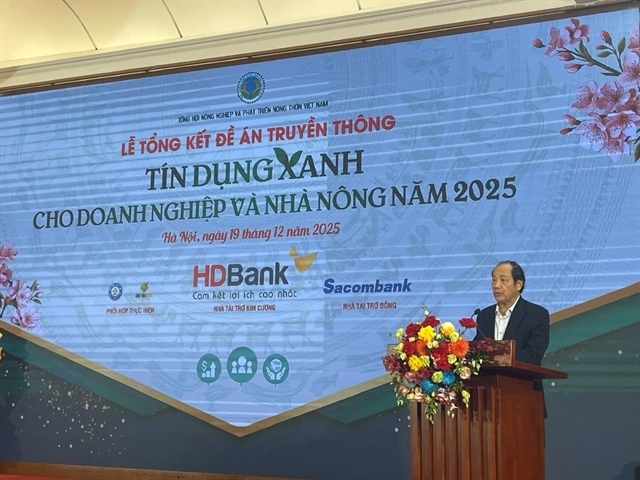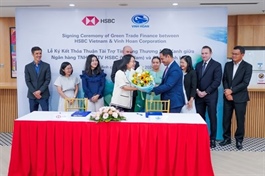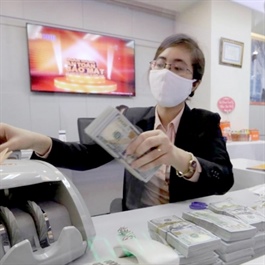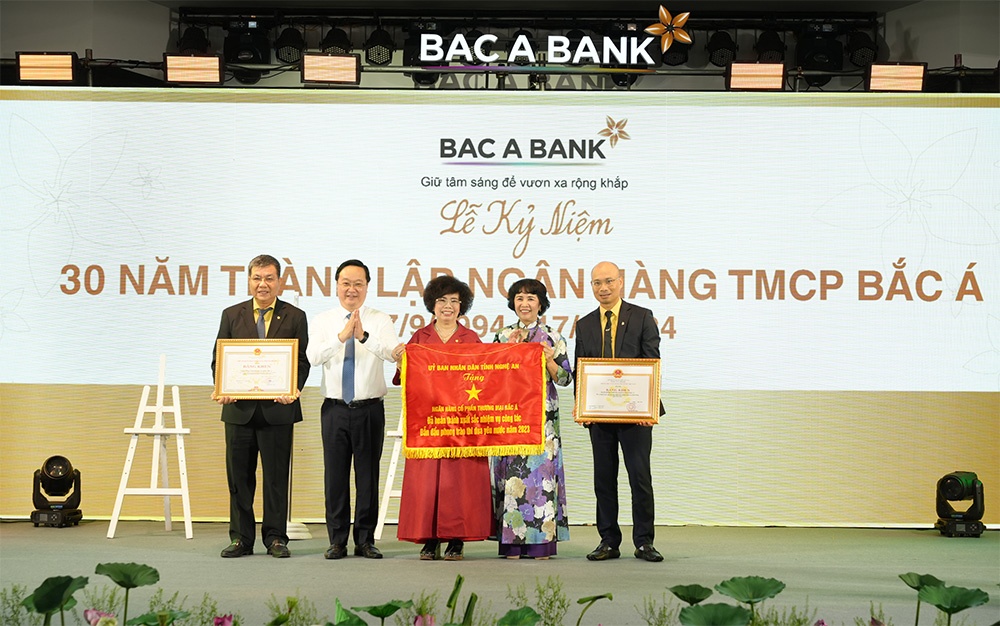Việt Nam needs to build a strategy for disaster risk financing and insurance
Việt Nam needs to build a strategy for disaster risk financing and insurance
Expers have called for the Government to issue a comprehensive planning for disaster risk financing and insurance as natural disasters and the damage they cause are increasingly becoming more severe in Việt Nam and worldwide.
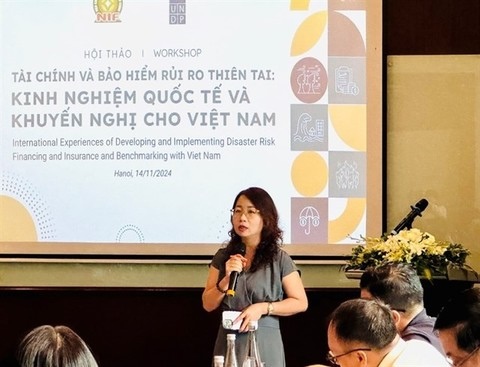
Na Sầm Town in Văn Lãng District, Lạng Sơn Province is submerged in floodwater after Typhoon Yagi. Local government budgets are often insufficient to help businesses and people recover after natural disasters. — VNA/VNS Photo |
The United Nations Climate Change Summit in Baku, Azerbaijan (COP29) reported that the total cost of damages caused by extreme weather from 2014 to 2023 amounted to US$2 trillion, which is equivalent to the economic losses from the 2008 global financial crisis.
Recent examples of this increasing damage are Hurricane Helene and Hurricane Milton, both of which hit the United States in October 2024. Each caused damages of up to $50 billion, making them two of the eight most destructive storms the country has seen in the last 45 years.
Natural disasters have also caused significant damage in Việt Nam in recent years, reducing GDP by up to 1.5 per cent each year. Direct losses from typhoons and floods in Việt Nam rank third in Southeast Asia, after Myanmar and the Philippines.
Typhoon Yagi, which struck the country in September 2024, was one of the strongest storms to come out of the East Sea (internationally known as South China Sea) in 30 years, and one of the strongest that made landfall in 70 years.
According to 2018 forecasts from the World Bank, there is a 40 per cent chance that Việt Nam will lose $67 billion in the next 50 years due to damage caused by natural disasters, if the country doesn’t have proper prevention and insurance strategies in place.
Lê Thị Thùy Vân, deputy director of the National Institute for Finance (NIF) under the Ministry of Finance, said that in Việt Nam, the Government has mobilised various financial resources to help businesses and people recover after each disaster.
These include the State reserves, financial reserve funds, agricultural insurance, bank credit, disaster prevention funds, and voluntary contributions from domestic and international organisations and individuals.
However, significant challenges remain at the grassroots level. “Local government budgets are often insufficient during disasters and require supplementary funding from the central Government,” Vân said.
“We also lack comprehensive data and information on disaster risk financing. The country’s financial capacity covers only about 21 per cent of the need for reconstruction and emergency relief after disasters.
"In this context, it is of utmost importance to adopt a comprehensive approach to financial resources and disaster risk insurance.”
“Learning from international experiences will help us find effective solutions," she added.
According to Dr Nguyễn Thị Hải Đường from the Department of Insurance at the National Economics University, the Indonesian government adopted the national Disaster Risk Financing and Insurance (DRFI) Strategy in October 2018 with support from the World Bank.
Under this framework, in 2019 Indonesia began piloting insurance for government assets against disaster risks.
"Disaster risk insurance has been recognised as an important tool for managing climate risks. It is also a tool to increase the resilience of insured entities after a disaster," said Dr Đường.
"Research is being conducted by the international community to find effective models and tools to aid recovery after disasters, especially for developing countries."




